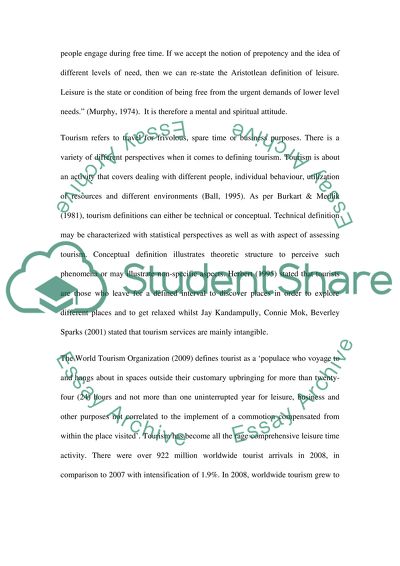Cite this document
(The New Tourism and Leisure Environment Literature review - 1, n.d.)
The New Tourism and Leisure Environment Literature review - 1. Retrieved from https://studentshare.org/tourism/1561170-critically-discuss-the-relationships-between-tourism-and-leisure-behaviour-and-the-implications-of-these-relationships-for-the-understanding-and-management-of-tourism
The New Tourism and Leisure Environment Literature review - 1. Retrieved from https://studentshare.org/tourism/1561170-critically-discuss-the-relationships-between-tourism-and-leisure-behaviour-and-the-implications-of-these-relationships-for-the-understanding-and-management-of-tourism
(The New Tourism and Leisure Environment Literature Review - 1)
The New Tourism and Leisure Environment Literature Review - 1. https://studentshare.org/tourism/1561170-critically-discuss-the-relationships-between-tourism-and-leisure-behaviour-and-the-implications-of-these-relationships-for-the-understanding-and-management-of-tourism.
The New Tourism and Leisure Environment Literature Review - 1. https://studentshare.org/tourism/1561170-critically-discuss-the-relationships-between-tourism-and-leisure-behaviour-and-the-implications-of-these-relationships-for-the-understanding-and-management-of-tourism.
“The New Tourism and Leisure Environment Literature Review - 1”. https://studentshare.org/tourism/1561170-critically-discuss-the-relationships-between-tourism-and-leisure-behaviour-and-the-implications-of-these-relationships-for-the-understanding-and-management-of-tourism.


